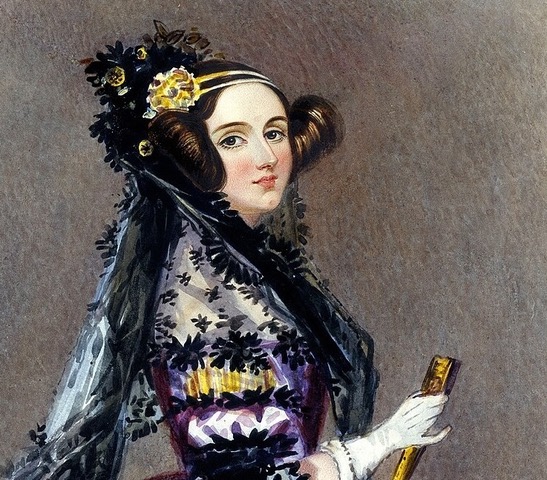
The thing that makes Gotham Gotham is you—the endlessly fascinating people who populate our community.
That’s why we don’t allow AI-generated writing in our classes: for projects, assignments, or critiques. There are many great uses for AI, but in a creative writing class it’ll prevent you from writing stuff that only you can produce, not to mention prevent you from learning how to write better.
Yes, we can detect if something was written by AI, and we’ll remove it, with a polite request to submit something else.
AI doesn’t think or feel. It merely processes information. If you ask AI to create a piece of writing for you, it will quickly comb through all the writing it can find (infringing on the copyright of writers) and toss together bits and bytes that are facsimiles of what you might want.
AI is, literally, bloodless.
You, on the other hand, are the proud owner of blood, brain, body, and (most mysteriously) soul. The power of your writing—however imperfect, flawed, messy—will be found there and nowhere else.
You’re free to use AI on your own all you like. And you can use it to aid your work for classes, through such things as fact-finding, outlining, and grammar. But there’s just very little point to submitting AI-generated work with your name on it in a Gotham class.
I believe Ada Lovelace would agree. (That’s her in the painting.) She was a 19th century mathematician, the daughter of the poet Lord Byron, who helped conceptualize the world’s first computer—the Analytical Engine— realizing that such machines would eventually have capabilities beyond calculations with numbers. She found poetry in science, saying:
The Analytical Engine weaves algebraic patterns, just as the Jacquard-
loom weaves flowers and leaves.
While also realizing the limitations of computers, saying:
The Analytical Engine has no pretensions whatever to originate anything.
It can do whatever we know how to order it to perform.
Ada was a fascinating person: alienated from her parents, obsessed with the mechanics of flying, addicted to gambling on horses, as well as a countess by marriage and mother of three children who was caught up in various sexual scandals.
She was fully human. As are you. Let’s embrace our humanity, not letting anything take that away from us.
Some Gotham courses especially apt for this purpose:
Character1: Creation
Character 2: Action (new)
The Writer’s Mind (newish)

Alex Steele
Gotham President






